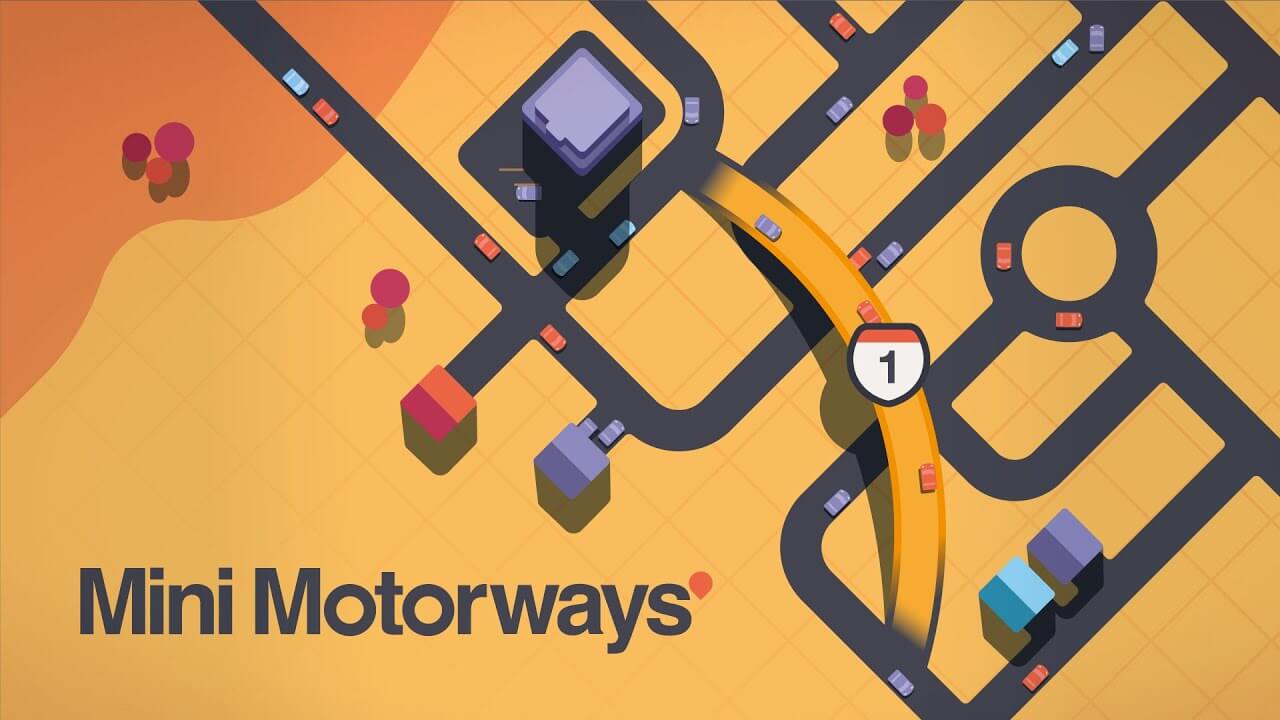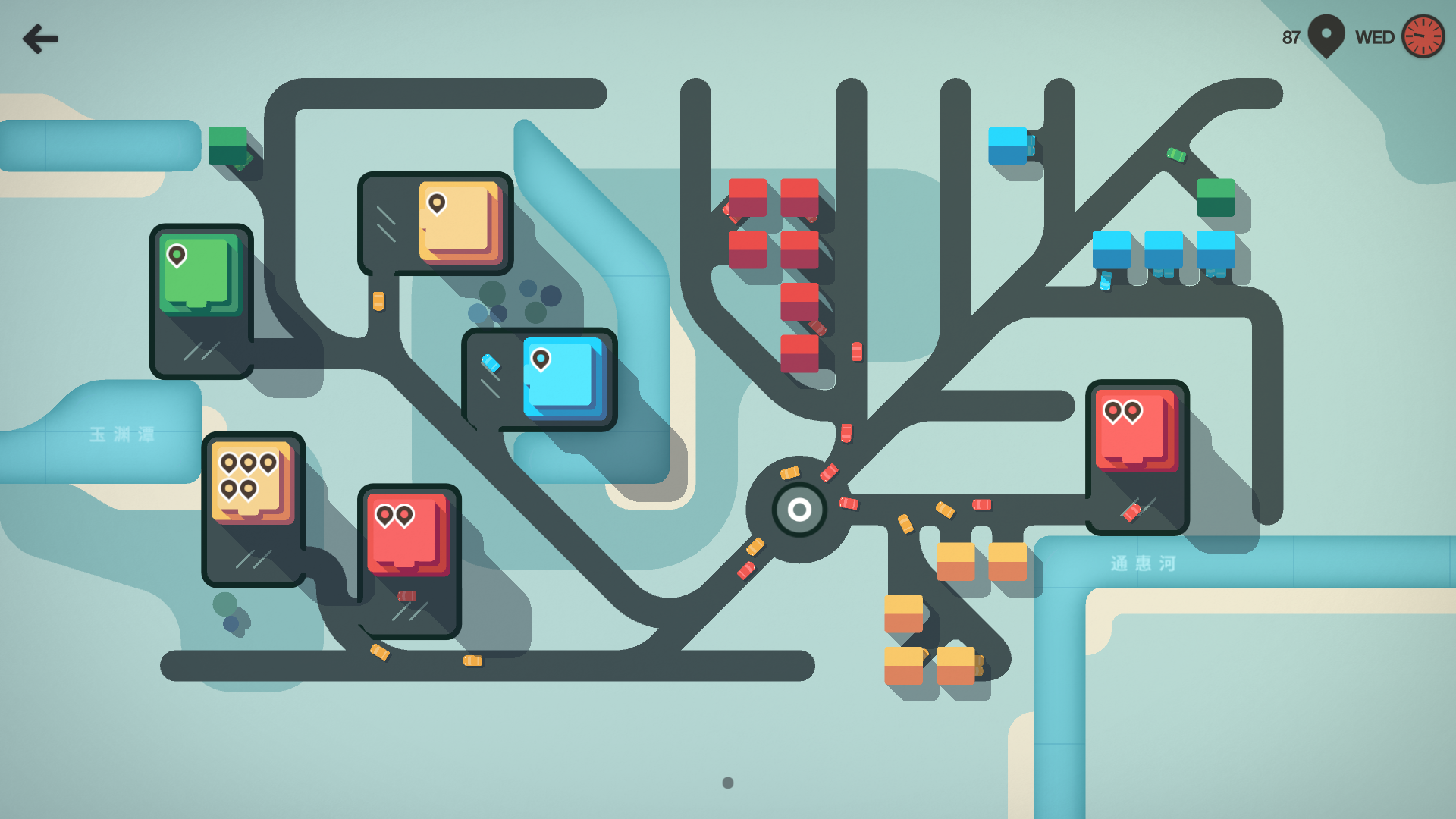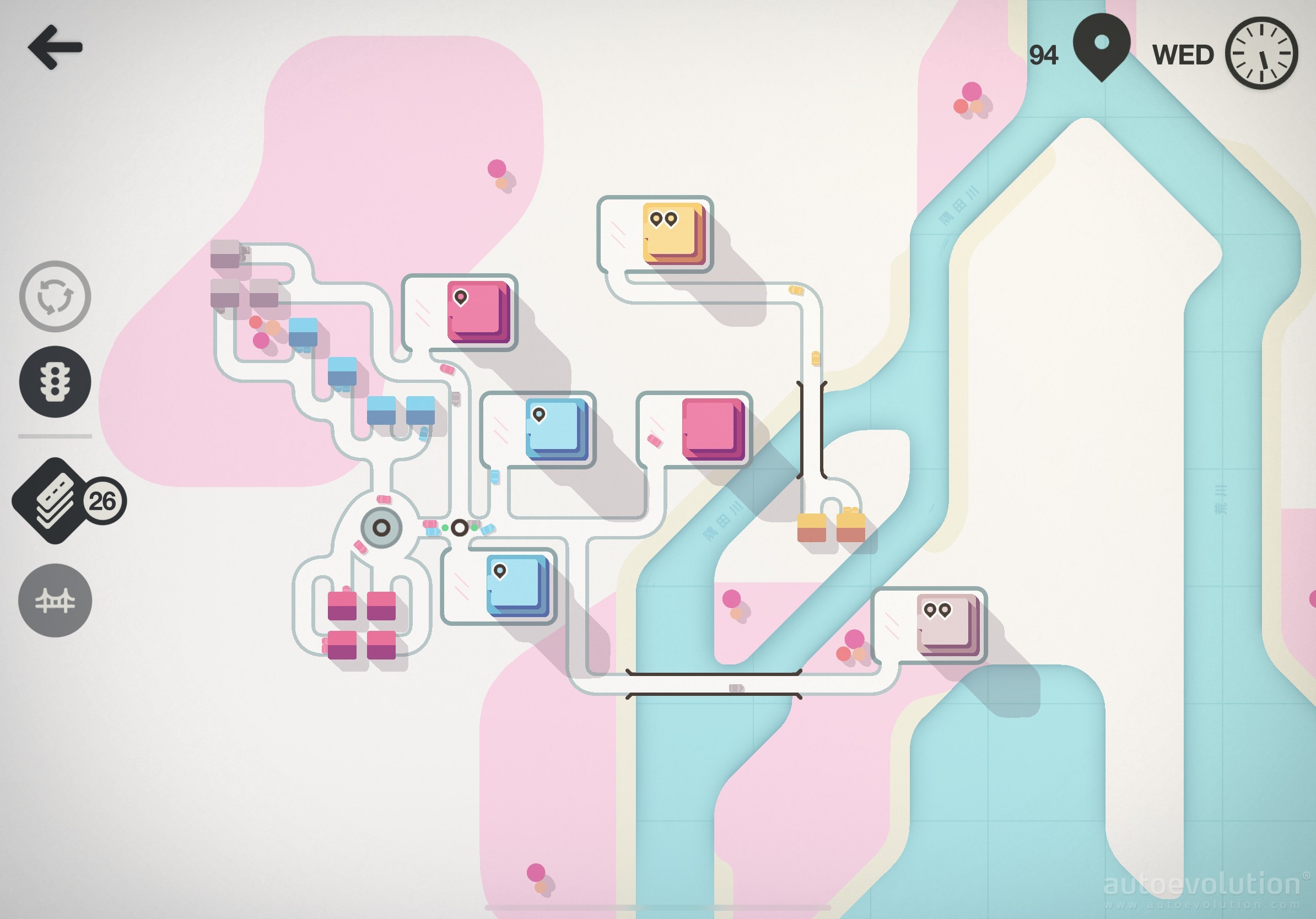
In practice, traffic lights seem to do absolutely nothing at best and actually make your roads even more congested at worst. After each week you can choose a few upgrades for your city, too, like more roads and bridges (basically the same as the original game’s “tunnels”) or even a highway that allows for faster travel between two locations.Īnother one of those upgrades is the traffic light, which in theory should alleviate congestion and make your roads run smoother. You can also attempt to draw main roads with shorter arterial paths branching off, and Dinosaur Polo Club’s algorithms seem to encourage this by often creating house-heavy suburban districts separate from areas with a lot of buildings. This allows for a bit more freedom since you can draw multiple paths zig-zagging between any two points (or three, or four…), or even create your own roundabouts if you want. Also, you have the freedom to draw roads any way you like instead of being limited to straight lines that snap into place like in Metro. Since the game is all about roads and cars, you are no longer just connecting all the “stops” on a map rather, you have to connect little houses (which contain cars) directly or indirectly to the larger buildings that share their color. This being a sequel, of course, there are some important differences this time around. If you can’t get enough cars to that location and it fills entirely, it’s game over. If a building gets too clogged up with alerts (signaling a ride is needed), a timer will begin filling up. Just like in the first game, your goal in Mini Motorways is to connect points on the map with tracks (roads instead of rails this time) that will allow the unseen commuters to get where they need to go as efficiently as possible. In fact, it can get downright stressful after 20 minutes or so. Just because the music and sounds are relaxing doesn’t mean the game will put you to sleep, however.

One of my favorite cues is the extremely satisfying Waaahhhhhhh! when a new week begins. Some of the sounds aren’t random at all, and are meant to clue you in to certain events (a new building popping up, or the week ending, for example). The music is minimalist to the extreme, with simple chords droning softly in the background and seemingly random bleeps and bloops chiming away pleasantly as you plan your city.

Overall it’s a very satisfying evolution of the previous game’s visuals that feels new and unique while still maintaining the feel of the original.Īlso returning is the wonderful sound design that continues to perfectly compliment the distinct art style. If Mini Metro looked like a subway map, Motorways looks a bit more like a board game. There are shadows and topographical features now (or is that grass?) and a grid to help you place your mini motorways, and actual buildings that pop out of the ground instead of abstract lines and shapes.

It’s every bit as crisp, clean, and bright as the original looked, although not quite as minimalist this time around. In fact, I didn’t even know it was coming out until I scrolled through the Apple Arcade section of the store last week and saw that familiar art style with the word “Mini” attached to the screenshots. Mini Motorways by Dinosaur Polo Club should look instantly familiar to anyone who loved Mini Metro. So what better game to review on my first day back than the sequel to one of the last games I ever wrote about? Three years later, the newly released Apple Arcade has sucked me right back into iOS gaming and I couldn’t stay away from TA any longer. One of my top picks was Mini Metro, which I wrote was “an incredibly addictive little strategy game that has literally been the only thing on my iPad’s screen all week.” My life started to get really busy around that time and it wound up being the last thing I ever wrote for TouchArcade.

In December of 2016, the other TouchArcade writers and I each posted our Top Ten lists detailing our favorite iOS games of that year.


 0 kommentar(er)
0 kommentar(er)
